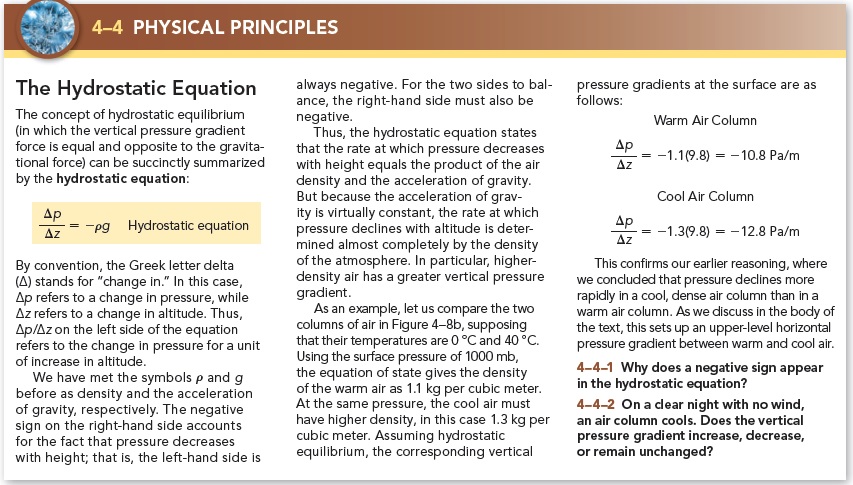[I am an old
Macy's employee, this information I am sharing we refer to as "product
knowledge"]
FABRICATIONS
Wool—the most popular
fabric used in coats; wool is a natural fiber that comes from sheep. It is
warm, durable, retains its shape, repels moisture and resists stains.
Wool / Nylon / Silk Blends—adding nylon to wool makes the coat softer and more
durable. Adding silk gives a rich sheen and elegant feel or “hand.”
Cashmere—comes
from Kashmir goat. It is extremely soft and durable. It is lighter and warmer
than wool, giving warmth without bulk.
Down—the light, fluffy
material that exists between the duck (or goose) and its feathers. It is an
excellent insulator, has great “breathability” and is water-resistant.
Percentages on the labels of the coats refer to the percent of the fill in the
garment that is down versus feather. Down itself is machine washable, but that
doesn’t mean the shell of the coat is. Always check the label for cleaning
instructions.
Leather—a generic term for all
kinds of tanned animal skins. It is durable, wrinkle resistant and “breathes”
to keep the customer comfortable. Genuine leather has markings and colorations
which may appear to be imperfections but are actually part of the natural
beauty leather offers. All leather must be professionally cleaned.
WARDROBING
There are so many options you can use to build a coat
sale. If the customer has warmth in mind, try suggesting a pair of matching
gloves or hat. If she is looking for a polished look, suggest accessorizing
with a cashmere scarf that will provide warmth without added bulk.
FAQ
What
should I look for when buying a coat? What’s your ‘best’ coat?
Buy a coat that fits you beautifully and is functional. A
coat keeps you warm while making a fashion statement and is a staple of every
woman’s wardrobe. Ladies’ coats are produced by a number of manufacturers and
can vary in quality of workmanship. To determine quality, examine lining, hem,
zippers and stitching.
How can I tell if the coat is the right size? Do certain
vendors run small or large?
Here are some tips to help find the right fit:
─ Button all the closures on the coat and check for pulling
across the bust, back and underarms. If there is tightness when you cross your
arms and raise them above your head, you may want to get the next size up.
─ Make sure the hem is even all the way around. A shorter hem
in front could mean that the coat is too small across the chest, a shorter hem
in back could mean that coat is too small across the back.
─ If the coat has back or side vents, make sure they’re not
separating.
─ Make sure sleeves hit right below the wrist bone.
What should I consider when choosing a coat length?
Here are some important considerations:
─ If you’re frequently getting in and out of a car, choose a
shorter coat for ease of movement.
─ If you’re always getting on or off trains or buses, you’ll
need a ¾ length coat (or shorter) that will provide warmth but that you don’t
need to worry about constantly stepping on.
─ If you walk a lot or live in extreme cold you’ll want a
full length coat to shield you from the elements.
What style will flatter my body type?
Here are some basic guidelines you can use to help find
the best look:
















































